1. Water Divining (Dowsing)
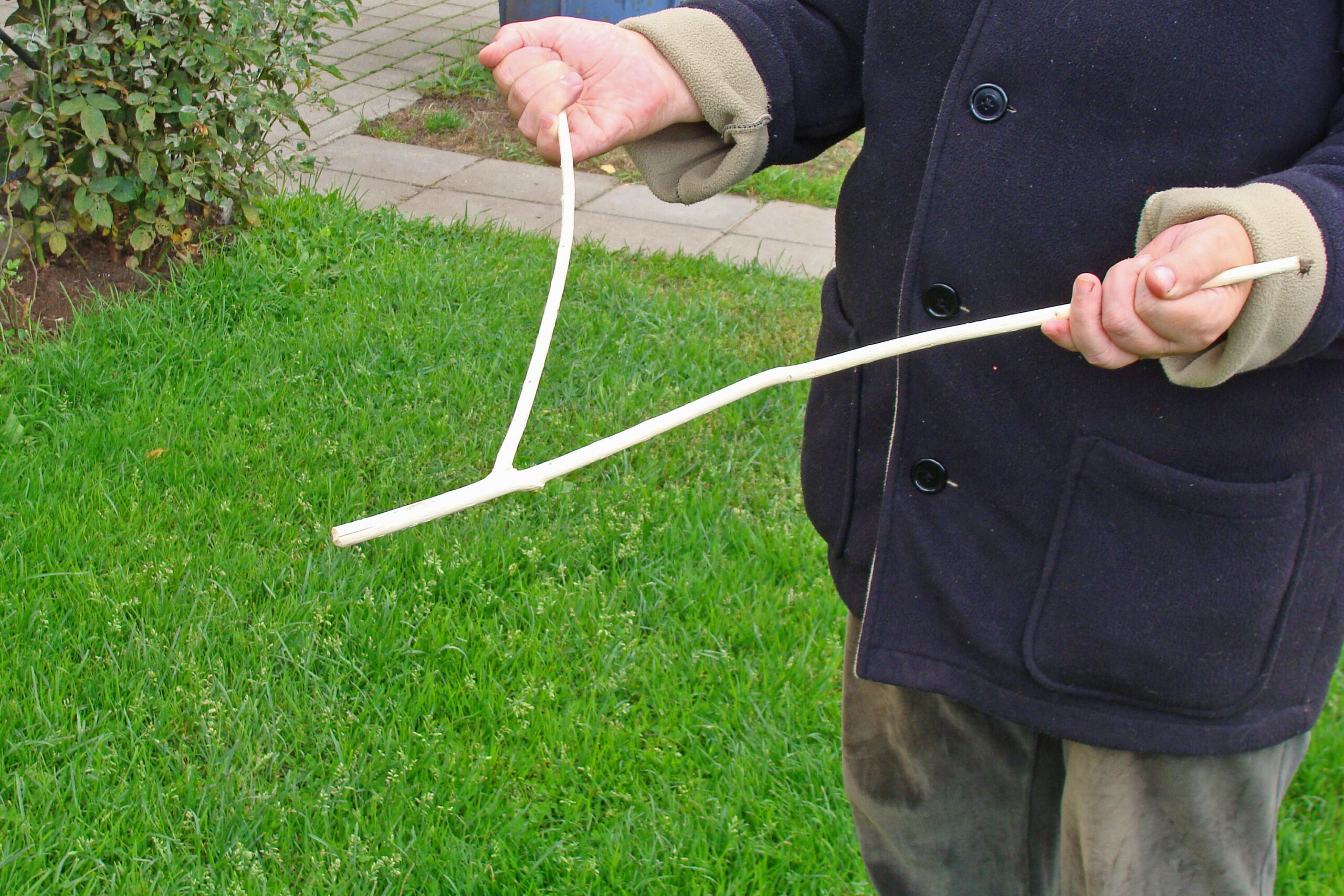
Remember that feeling of desperately needing a drink on a hot day, but there’s no tap in sight? Imagine that, but your very life depends on finding water. For centuries, people relied on water divining, or dowsing, to locate underground water sources. This practice involved using a forked stick or divining rods that supposedly reacted to the presence of water, dipping or crossing when a hidden stream was near. It wasn’t just for quenching thirst; finding a reliable water source dictated where settlements could thrive and where crops could be grown shares Big Rapids Pioneer.
While often dismissed as pseudoscience today, the ability to locate water was a critical skill for survival in many arid regions. Think about early pioneers or indigenous communities traversing vast, unknown landscapes. A successful dowser could be the difference between life and death for an entire group, guiding them to an oasis in a parched land. This wasn’t a whimsical hobby; it was a deeply respected, often spiritual, practice that directly impacted the ability of humans to establish and sustain themselves adds MPR News.
2. Knot Tying (Complex & Specialized)

You might tie your shoelaces every day, but imagine a world where your safety, your livelihood, and even your ability to build a home depended on knowing dozens of intricate knots. Beyond basic hitches, there were specialized knots for every imaginable purpose: for sailing ships, for securing loads on pack animals, for building sturdy shelters, and even for intricate fishing nets. Each knot had a specific strength, a particular application, and a unique way it interacted with different materials says the Knots Manual.
Learning these complex knots was an apprenticeship that often began in childhood, passed down through generations. A poorly tied knot could mean a ship’s rigging failing in a storm, a precious cargo tumbling down a mountainside, or a tent collapsing in the wind. This wasn’t just about practical utility; it was an art form, a language of ropes and cordage that allowed humans to harness physical forces and create structures that defied the elements adds Wikipedia.
3. Animal Tracking and Trapping
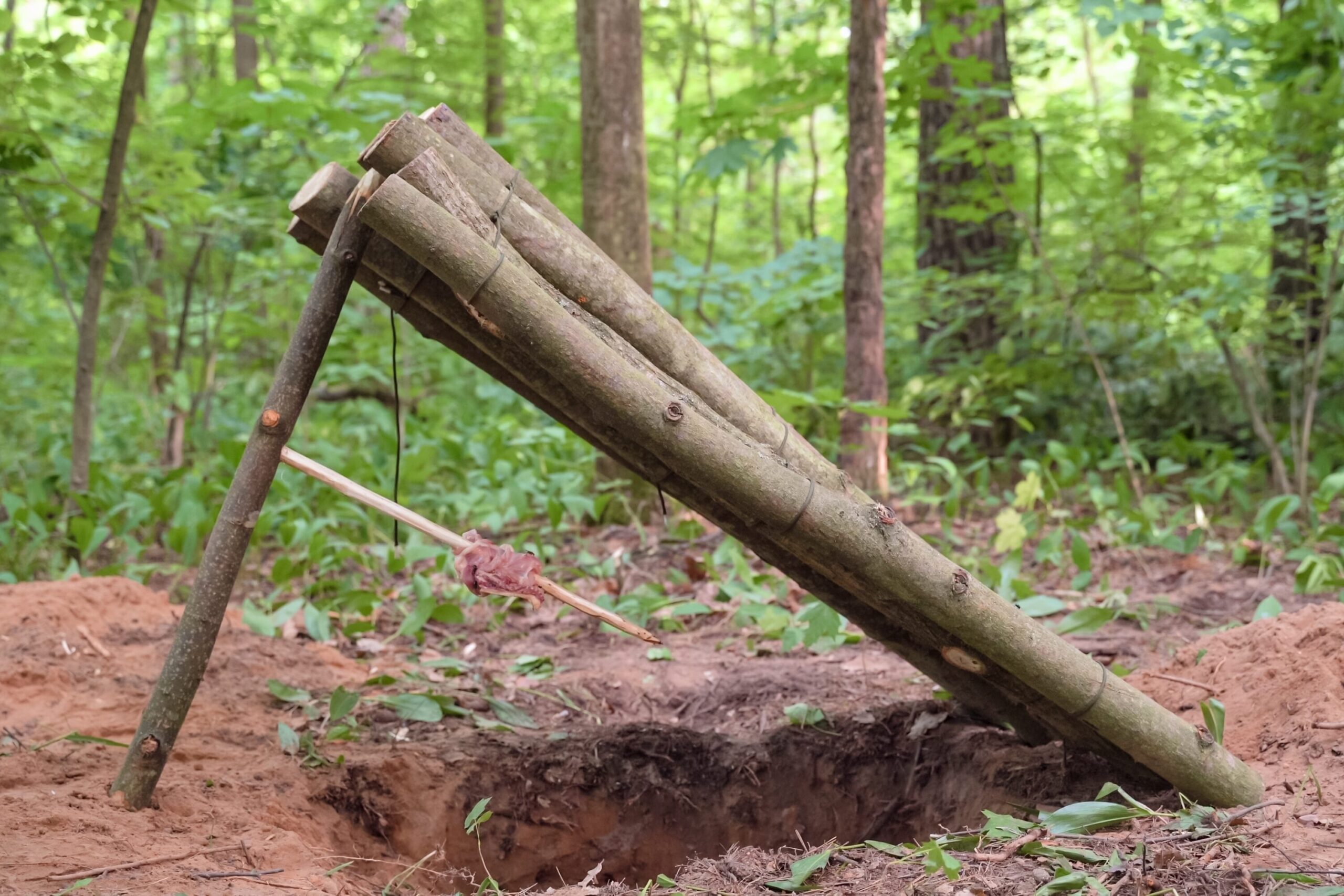
Think about playing hide-and-seek as a kid – now imagine the stakes are your next meal. For our ancestors, knowing how to track animals wasn’t a recreational pursuit; it was the difference between feasting and starving. This skill involved an intimate understanding of animal behavior, gait, droppings, and even subtle disturbances in the environment, allowing hunters to follow even the faintest of trails. It was about reading the “story” the wilderness told.
Beyond tracking, the ability to set effective traps was equally vital. This required ingenuity, knowledge of local flora for trap construction, and an understanding of an animal’s habits. Traps weren’t just for large game; they secured small, consistent sources of protein, ensuring survival during lean times. This deep connection to the natural world, honed through years of observation, was fundamental to sustaining life before agriculture became widespread.
4. Foraging for Wild Edibles and Medicinals
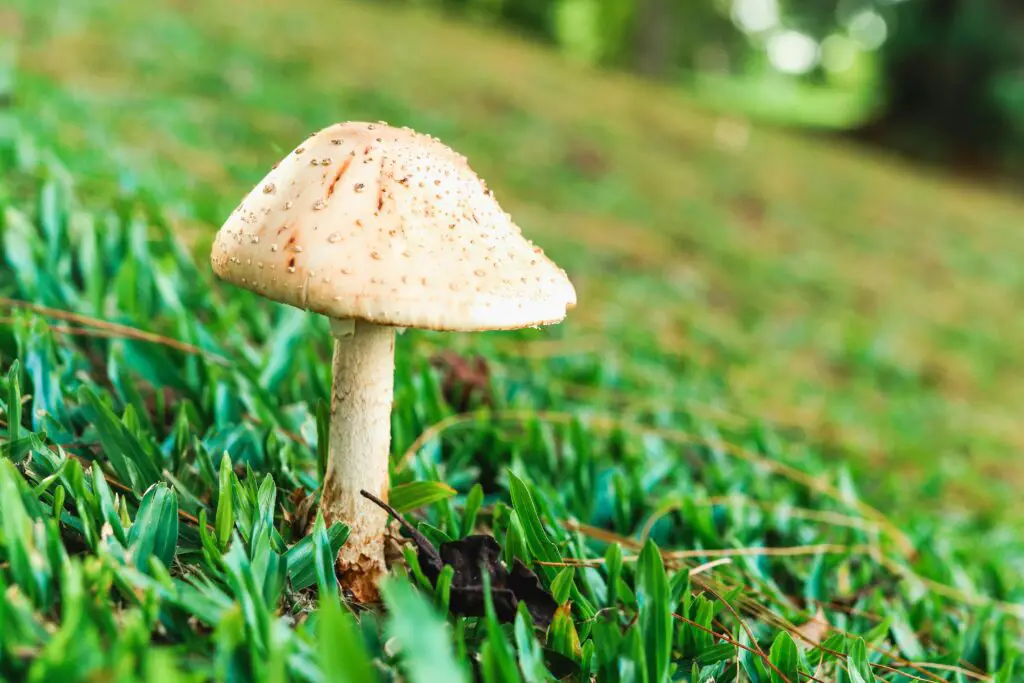
Ever picked a berry from a bush and wondered if it was safe to eat? Our ancestors couldn’t just Google it! The skill of foraging for wild edibles and medicinals was passed down through generations, often guarded knowledge within families or tribes. It required an encyclopedic memory of local plants, knowing which were nourishing, which were poisonous, and which held healing properties for various ailments.
Mistaking a toxic plant for a nutritious one could be fatal, so this wasn’t a skill learned casually. Beyond sustenance, knowing which plants could staunch bleeding, reduce fever, or soothe a cough was the basis of traditional medicine. This deep botanical wisdom meant communities could be self-sufficient in healthcare, relying on the pharmacy of the forest rather than modern pharmacies.
5. Fire Starting (Without Modern Tools)
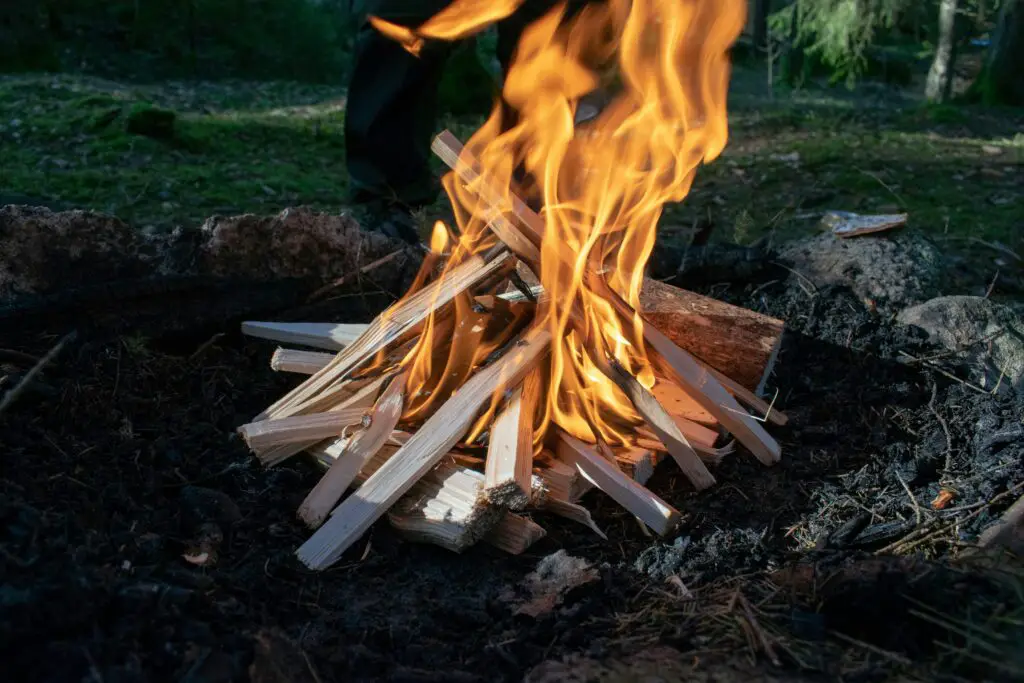
Imagine a chilly night, surrounded by darkness, and no matches or lighter in sight. That’s the reality our ancestors faced every day. The ability to reliably start a fire without modern tools – using friction methods like a bow drill or hand drill, or striking flint against steel – was absolutely essential for survival. Fire provided warmth, cooked food, purified water, and offered protection from predators.
This wasn’t just about rubbing two sticks together; it was a precise skill requiring proper materials, technique, and patience. A successful fire starter was a highly valued member of any group, ensuring comfort and safety in a harsh world. It was the original “survival hack,” transforming raw materials into a life-sustaining force.
6. Basket Weaving and Cordage Making
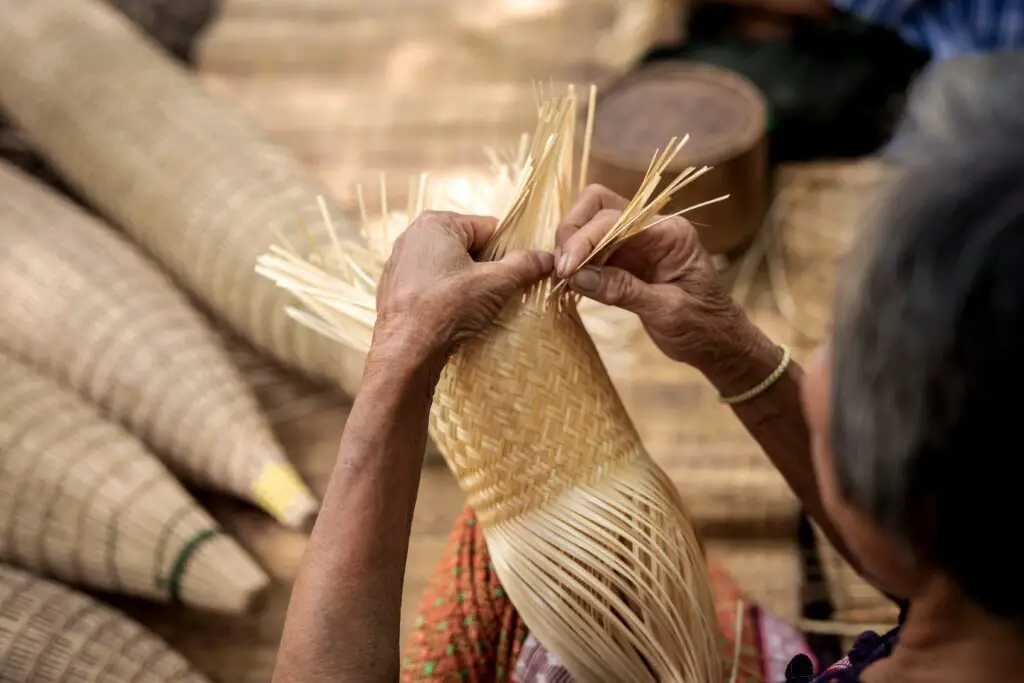
Before plastic bags and synthetic ropes, how did people carry things or tie them down? The answer lies in the forgotten arts of basket weaving and cordage making. These skills involved transforming natural fibers – like reeds, grasses, tree bark, and plant stalks – into functional containers and strong ropes. Baskets were used for gathering, storing food, and even carrying water (with the right sealant).
Cordage, from thin string to thick rope, was indispensable for countless tasks: making fishing nets, lashing together shelter frames, crafting tools, and creating snares. It required an understanding of fiber strength and weaving techniques. These weren’t just crafts; they were foundational technologies that enabled mobility, storage, and construction, making nomadic and settled life possible.
7. Butchering and Hide Tanning
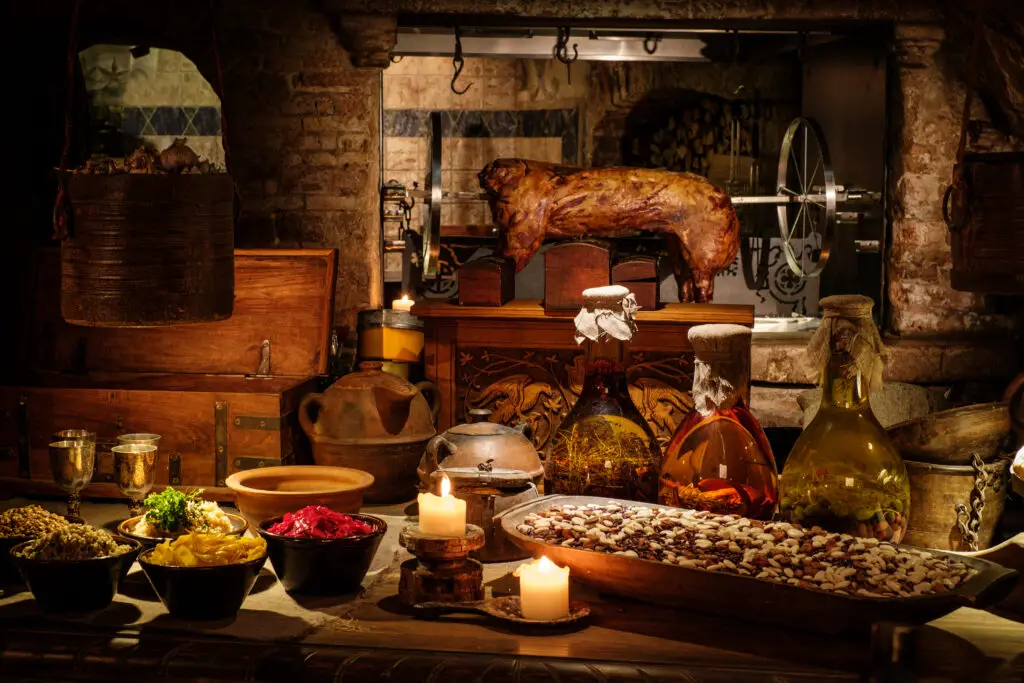
Hunting was only half the battle; the other half was effectively utilizing every part of the animal. Butchering wasn’t just about cutting meat; it was a precise art of maximizing edible portions, preserving what couldn’t be eaten immediately, and preparing hides. Every scrap was precious, from organs to marrow.
Then came hide tanning, a lengthy and often malodorous process that transformed raw animal skins into durable leather or supple furs. This wasn’t just for fashion; tanned hides provided essential clothing, footwear, shelter coverings, and even containers. This comprehensive use of an animal reflected a deep respect for life and an absolute necessity to waste nothing.
8. Primitive Pottery and Clay Working
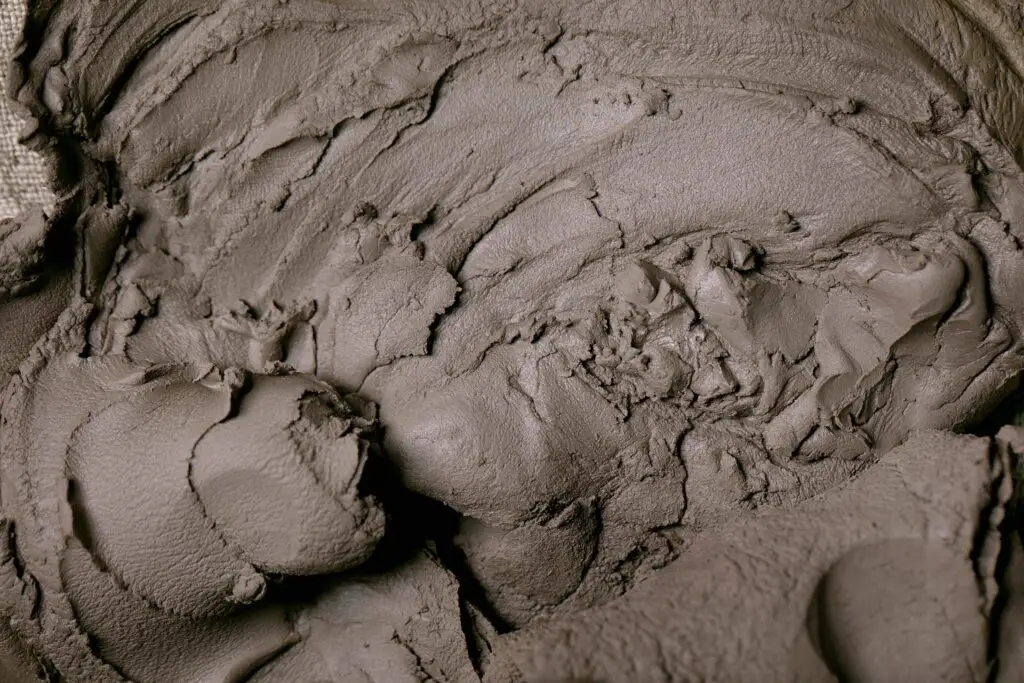
Before metal cookware, how did people cook stews or store grains? They relied on primitive pottery and clay working. This skill involved finding suitable clay, preparing it, forming vessels by hand (coiling or pinching), and then firing them to create durable, heat-resistant containers. These pots were essential for boiling water, cooking grains and vegetables, and storing food long-term.
Beyond cooking, clay was used for building materials, figurines, and even early writing tablets. The ability to transform earth into functional objects allowed for more complex culinary techniques and better food preservation, greatly impacting human diet and settlement patterns. It was a foundational technology that moved humanity beyond simply roasting food over an open fire.
9. Basic Blacksmithing and Tool Sharpening
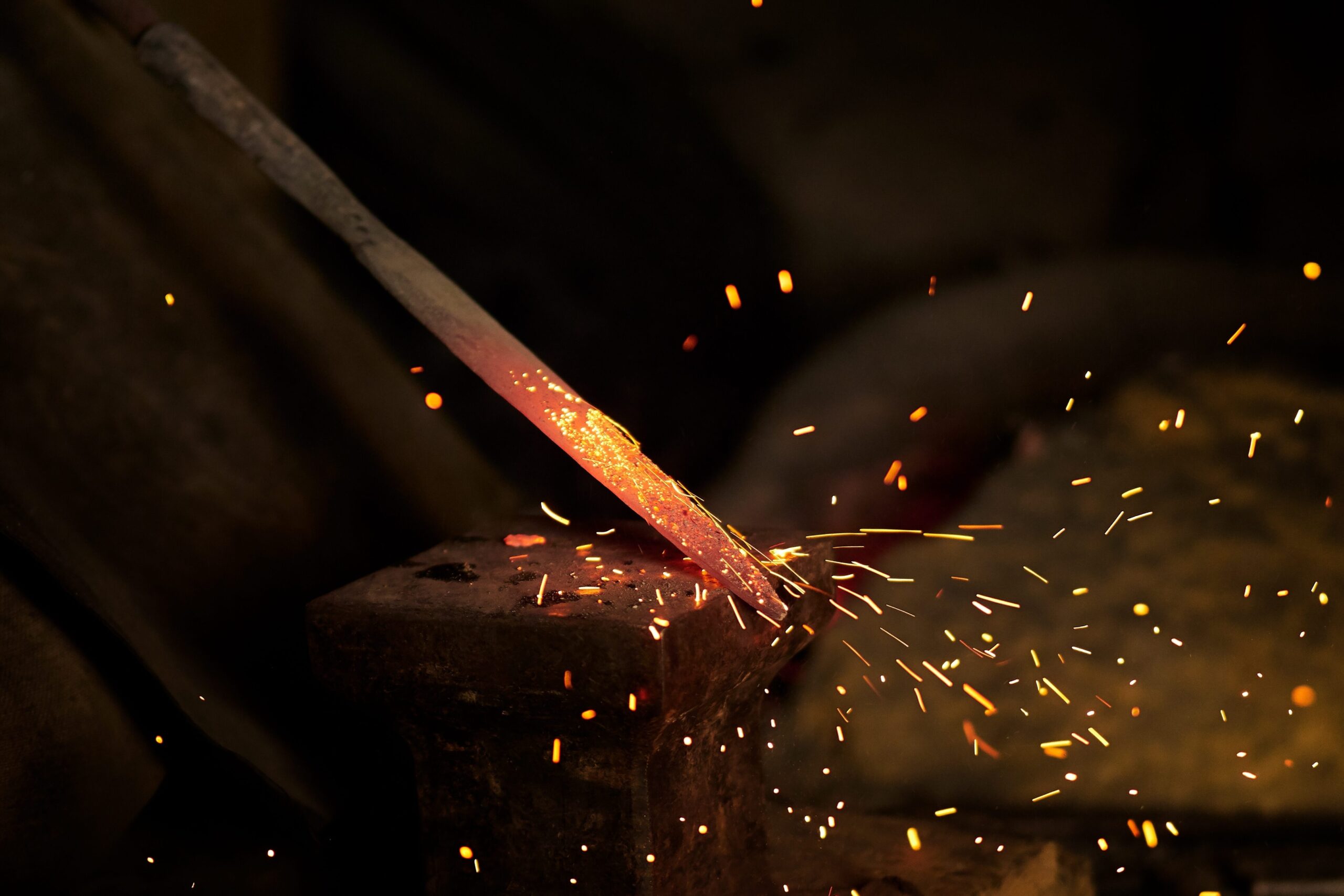
Imagine trying to chop down a tree with a blunt stone, or hunt with a dull spear. Ouch! While modern blacksmithing might conjure images of ornate gates, its origins were far more practical and essential: creating and maintaining tools. Early humans learned to work with softer metals like copper and bronze, eventually mastering iron. This involved heating metal in a forge and shaping it with hammers.
Beyond making new tools, the ability to sharpen existing ones was a daily necessity. A sharp axe, knife, or arrow was the difference between efficiency and extreme hardship. This skill ensured that the vital implements for hunting, gathering, and shelter building remained effective, directly impacting the ability to survive and thrive.
10. Navigation by Natural Cues

Lost your phone and GPS? Now imagine being in an uncharted wilderness, with no maps. For centuries, people navigated vast distances using only natural cues: the sun’s position, the stars, prevailing winds, the growth patterns of trees, and even animal behavior. This wasn’t just about getting from point A to point B; it was about understanding the landscape as a living map.
Reading the environment for directional clues was a skill honed through a lifetime of observation. Knowing that moss typically grows on the north side of trees in certain climates, or that certain stars indicate specific directions, meant the difference between finding your way home and perishing. This deep attunement to the natural world was the original GPS, far more reliable than any modern device when disconnected from power.
11. Shelter Building (Primitive)
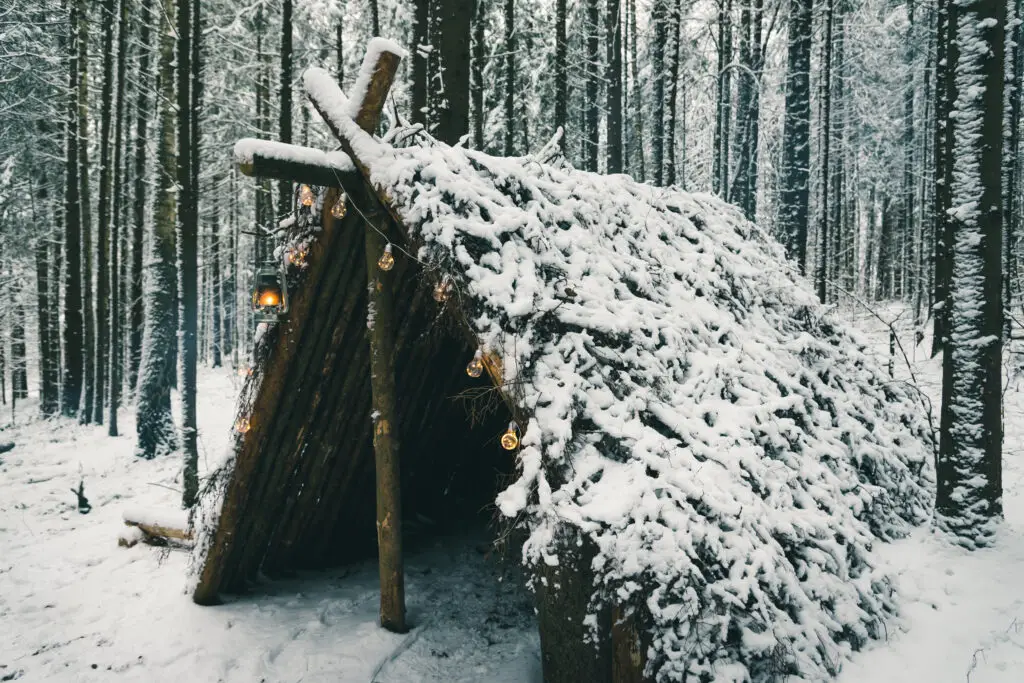
Ever been caught in a sudden downpour with no umbrella? Now imagine no house, no tent, just the elements. The ability to quickly and effectively build a primitive shelter using only natural materials was a non-negotiable survival skill. This wasn’t about building a permanent home; it was about constructing temporary protection from wind, rain, snow, and predators.
Whether it was a lean-to made from branches and leaves, a snow cave, or a debris hut, knowing how to create a waterproof and insulated space was critical for enduring harsh weather and maintaining body temperature. This resourcefulness in transforming raw forest materials into a life-saving refuge was a fundamental expression of human ingenuity in the face of nature’s challenges.
12. Food Preservation (Smoking, Salting, Drying)
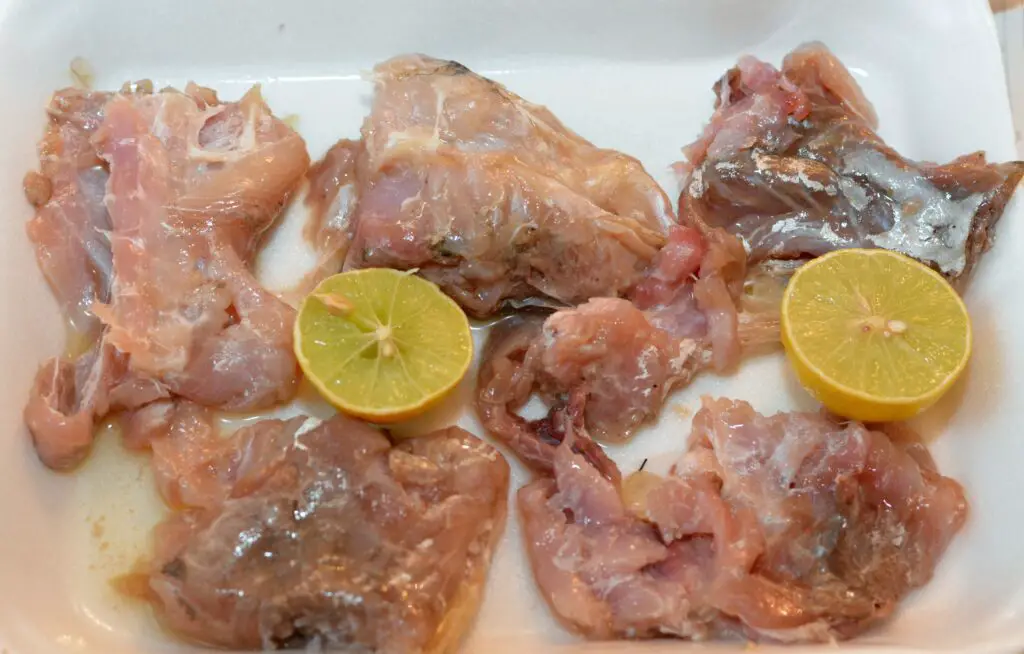
Imagine catching a big fish or harvesting a lot of berries, but there’s no refrigerator. How do you make it last? Before canning and refrigeration, humans mastered various methods of food preservation that were essential for survival, particularly during lean seasons. Smoking, salting, and drying were the most common techniques, transforming perishable foods into long-lasting provisions.
Smoking involved slow cooking over a smoky fire, which also infused antibacterial properties. Salting drew out moisture and inhibited microbial growth. Drying, whether in the sun or over a low fire, removed water content entirely, preventing spoilage. These skills allowed communities to store food surpluses, survive winters, and undertake long journeys, directly impacting population growth and the development of settled communities.
